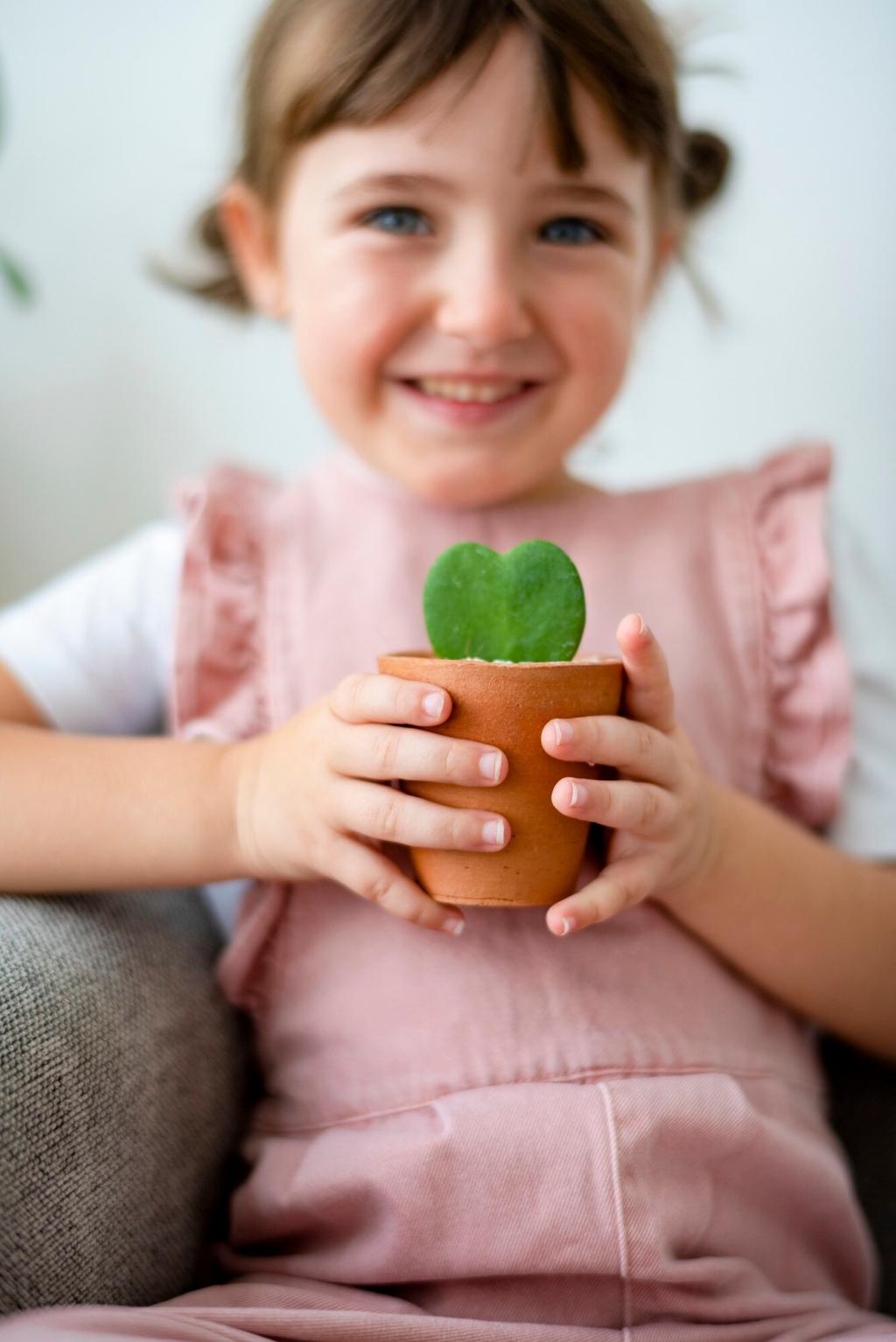Stains, Rings, and Real-Life Rescues
Place a clean cotton cloth over the ring and gently pass a warm iron for a few seconds to release trapped moisture. Wipe, let cool, then refresh with a tiny dab of jojoba. This trick saved our editor’s maple sideboard after a party. Share your success if you try it.
Stains, Rings, and Real-Life Rescues
Blot immediately. Use a barely damp cloth with plant-based glycerin soap, working from the edge inward. If needed, touch a cotton swab with diluted alcohol and test first. Follow with a light conditioner. A reader rescued a vintage club chair this way—patience matters most. Ask for step-by-step guidance anytime.



